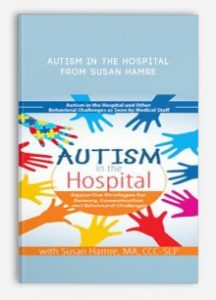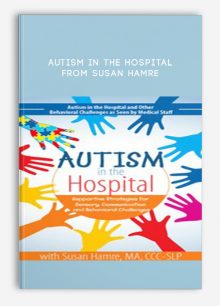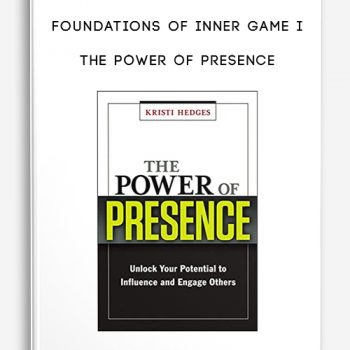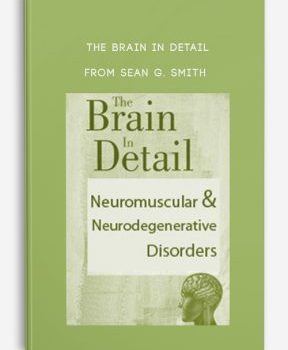 Autism in the Hospital from Susan Hamre
Autism in the Hospital from Susan Hamre
More information about Medical:
Medicine is the science and practice of establishing the diagnosis, prognosis, treatment, and prevention of disease.
Medicine encompasses a variety of health care practices evolved to maintain and restore health by the prevention and treatment of illness.
Contemporary medicine applies biomedical sciences, biomedical research, genetics, and medical technology to diagnose, treat, and prevent injury and disease,
typically through pharmaceuticals or surgery, but also through therapies as diverse as psychotherapy, external splints and traction, medical devices, biologics, and ionizing radiation, amongst others.
Medicine has been around for thousands of years, during most of which it was an art (an area of skill and knowledge) frequently having connections to the religious and
philosophical beliefs of local culture. For example, a medicine man would apply herbs and say prayers for healing, or an ancient philosopher and physician would apply bloodletting according to the theories of humorism.
In recent centuries, since the advent of modern science, most medicine has become a combination of art and science (both basic and applied, under the umbrella of medical science).
While stitching technique for sutures is an art learned through practice, the knowledge of what happens at the cellular and molecular level in the tissues being stitched arises through science.
Outline:
Autism in Medical Settings: Challenges and Supportive Strategies
- Sensory Integration Challenges
- Stimulation dysregulation (hypo/hyper)
- Seeking/avoiding/both
- Processing functions
- May not process nor perceive pain
- Common triggers within the hospital/ER environment
- Your hospital/ER as a ‘sensory minefield’
- Sensory Strategies
- Patient passport with sensory triggers listed
- Quickly create ASD friendly environment
- Allow sensory needs to occur to prevent a meltdown
- How to avoid most common sensory triggers
- Hospital equipment to help support sensory needs
- Social / Communication Challenges
- Social interaction holds the ‘key’… or not
- Literal translation of spoken language
- When they are non-verbal or unable to read body language
- Delayed auditory processing
- Impact of anxiety on communication
- Non-compliance and verbally offensive
- Social/Communication Strategies
- Communication cards, checklists and Apps as visual supports
- Social stories to break down hospital procedures
- Their interests or repetitive behaviors to generate your ‘connection’
- Make allowances for family to be nearby
- Behavior Challenges
- Noting functions of behavior
- May bolt/escape/elope
- Aggression occurs as anxiety increases
- Might resist restraint
- Anxiety may increase when transport is needed intolerant of transitions in general
- Likely to be resisting lack of known/familiar routine
- Attempt to pull out lines, pull off bandages, etc.
- Refuse medication
- Behavioral Management Strategies
- Is it a meltdown or tantrum?
- Know the child’s triggers
- Plan ahead to avoid triggers
- Specific calming techniques
- What to do when a meltdown occurs
- Navigating ER triage, routine hospital visits, labs and tests
- Visual schedules for what is going to be happening
- Strategies for loud noises and being touched
- Visual timetables and timers for transitions/ changes
- Motivation and reward systems that work
- What you need to know about non-sensory triggers
- ‘Stimming’ as a calming technique
Description:
- Sensory, communication and behavioral challenges that impact successful medical treatment
- Strategies for ER triage, routine hospital visits, surgery and more
- Roadmap for treating a non-verbal, non-responsive individual with autism
- ‘Stimming’ behaviors as a strategy
- Subtle sign of less obvious ASD
Do you know how to give medical attention to a patient with autism who:
- Can’t answer your questions or identify levels of pain?
- Refuses to have blood drawn, give urine a sample, do dialysis or CT/MRI scan?
- Attempts to pull out lines or pull off bandages?
- Fights you off with piercing screaming and flapping of the arms?
- Can’t tolerate your touch and or make eye contact with you?
- Won’t stop running out of the treatment room?
- Refuses medication?
Whether the medical appointment is scheduled or it’s a trip to the emergency room the hospital can be a sensory minefield for someone with autism causing them to spiral toward a terrifying meltdown. Sedation and four-point restraint are not practical solutions.
Your connection to your autism patient will depend upon how quickly you can move into their world. Through case examples, videos and lively class discussion you will walk away with practical strategies for successful medical treatment of an individual with autism, such as:
- Hospital/EMT equipment to help support sensory needs
- Overcoming the most common sensory triggers
- Communication cards, checklists and Apps as visual supports
- Social stories to break down hospital/EMT procedures
- Navigate ER triage, routine hospital visits, labs and tests
- What to do when a meltdown occurs
- Calming techniques













tristian –
This is Digital Download service, the course is available at Coursecui.com and Email download delivery.